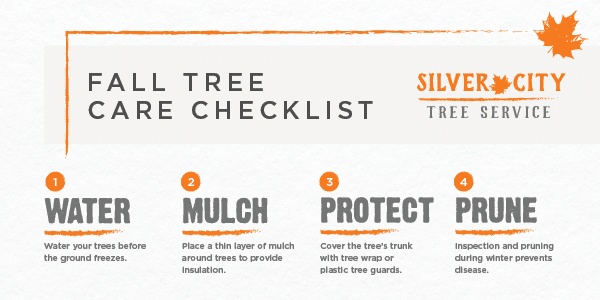When it comes to seasonal tree treatment, making certain proper administration prior to and after elimination can dramatically affect the health and visual appeals of your landscape. By understanding the essential steps involved in assessing tree health and preparing for removal, you can proactively protect your home. Yet what concerning the essential techniques to follow once the tree is gone? Keep tuned to uncover the important post-removal treatment steps that will certainly help you grow a successful and lasting setting for your trees.
Pre-Removal Tree Treatment
Before addressing the elimination of a tree, it's crucial to prioritize pre-removal tree care. Start by analyzing the tree's wellness and architectural stability. Seek indications of disease, bug invasions, or any type of structural concerns that may posture a safety and security risk throughout elimination. It's important to talk to a qualified arborist to determine the very best course of action.
Trimming dead or unhealthy branches can prevent additional damage to the tree and ensure a smoother removal process.
Additionally, consider the environmental effect of removing the tree. Trees play a crucial function in our community, so growing a new tree in an appropriate area can help balance out any loss. Make sure that you have the essential permits and permissions for tree removal, specifically if the tree is secured by neighborhood regulations.
Seasonal Maintenance Tips
Evaluating your tree's demands throughout the year is essential for its wellness and durability. To keep low maintenance garden plants all year round in top problem, adhere to these seasonal maintenance tips.
In springtime, concentrate on pruning to get rid of dead or damaged branches and encourage new development.
Summertime calls for regular watering, specifically during droughts, to guarantee your tree remains hydrated.
As autumn techniques, watch out for early indicators of condition or stress, and take into consideration applying mulch to protect the roots throughout wintertime.
In winter season, be cautious when eliminating snow from branches to avoid breakage, and continue to check your tree's general health.
Bear in mind to change your treatment routine based upon the certain demands of your tree types and local environment. By staying conscientious and aggressive throughout the seasons, you can aid your trees thrive and thrive for several years to come.
Post-Removal Tree Treatment
To make sure the wellness of your landscape also after tree removal, correct post-removal care is essential. After a tree is removed, it's vital to fill up the staying hole with topsoil and portable it to avoid settling. This will certainly help preserve the integrity of the ground and avoid potential risks in the future.
Consider growing brand-new plant life in place of the removed tree to restore the balance and aesthetic appeals of your landscape. Frequently water the location to advertise the growth of brand-new plants and stop soil disintegration.
Check the bordering trees for any type of indicators of disease or stress that might have been caused by the eliminated tree. Watch out for pests that may've been brought in to the previous tree and take safety nets to secure the continuing to be plant life.
If essential, speak with a specialist arborist to evaluate the impact of the elimination on the surrounding trees and determine any type of additional treatment needed. By complying with these post-removal treatment steps, you can make certain the continued health and elegance of your landscape.
please click the up coming document
In conclusion, positive seasonal tree care is important for preserving the health and equilibrium of your landscape. By examining tree health, trimming, and consulting with an arborist prior to removal, you can make sure a secure process. After landscape property management , filling up the hole, planting new greenery, and regular watering will promote new growth and stop erosion. Keep in mind to check bordering trees for disease and seek more care procedures from an arborist to keep your landscape thriving.
